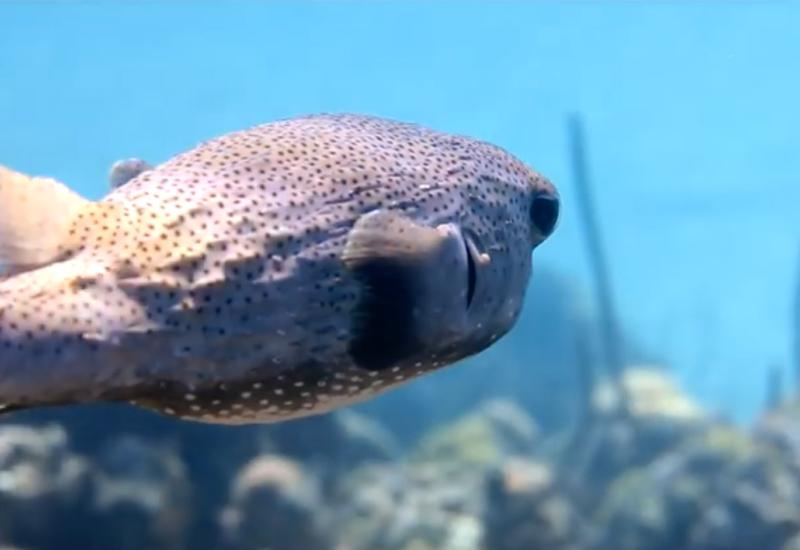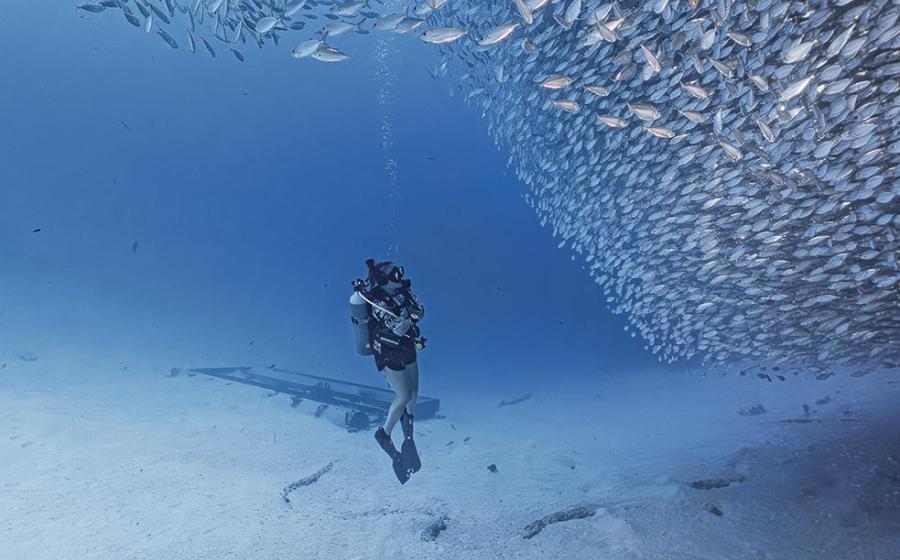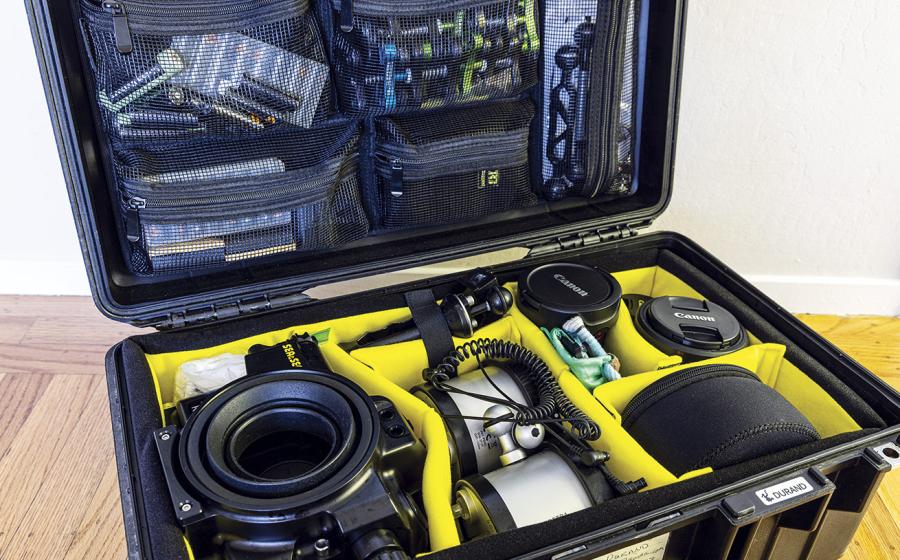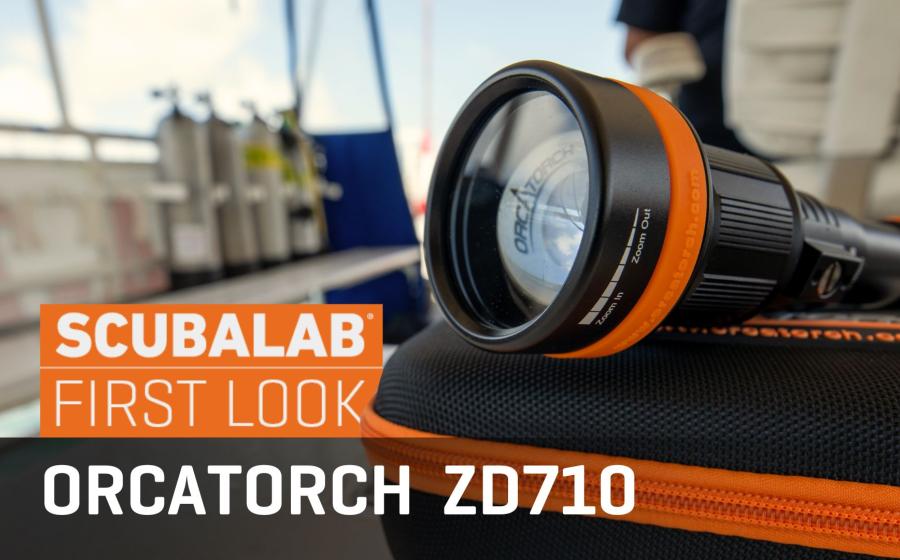Dive Training Tips: How to Vent Air from Your Scuba BC

littlesam/ShutterstockPinpoint neutral buoyancy is nirvana when you achieve it, but it's common for new divers to struggle with finding their sweet spot underwater. There are a number of factors involved, but understanding how adding air to your BC impacts your buoyancy, especially when that air becomes trapped, is key to maintaining control of your buoyancy.
Just like mask clearing, venting air from a BC is a skill that we scuba divers use a lot. Venting air from your BC (as well as adding it) helps us to maintain neutral buoyancy and make safe ascents and safety stops.
If you think back to your open-water checkout dives, conducted under the watchful eye of an instructor, you most likely were able to control your buoyancy with the instructor’s help. If he or she realized you were having trouble staying down, they probably reminded you to dump some air, or even helped you vent your BC. You ended your dive by meandering up toward the surface slowly, paused at 15 feet for a three-minute safety stop, and then carefully controlled the speed of your final ascent. Again, your instructor probably reminded you to let air out of your BC before beginning your ascent to the surface.
Related Reading: Manual vs. Electronic Closed Circuit Rebreathers: Which One Is Right for You?
Experienced scuba divers know that you can ascend without adding air to your BC, just by controlling your breathing. In fact, once you master the art of using your breath to control buoyancy, you'll avoid the “up-and-down elevator ride” syndrome. But even experienced divers sometimes need to vent air from their BCs at one time or another, whether due to adding air to the BC or having air “trapped” in it.
These tips are designed to help those divers who struggle to empty their BCs of air or who feel “light,” especially near the end of their dives or as they begin their ascent to the surface.
Why You Feel Light
At depth, it may be because you’ve moved shallower. Remember Boyle’s Law from your open water course? Air trapped in your lungs expands as you ascend — even if only a few feet. The same is true of the air in your BC — it “grows,” just like the nitrogen bubbles in your body.
Common mistakes new divers make, says Jo Mikutowicz, managing partner of Grand Cayman’s Divetech, include “leaving air in their BCD when they start their ascent, not paying attention to their gauges or computers to monitor where they are in the water column, and getting distracted by things like cameras — as they focus on something like that, they don’t realize they’re floating up rapidly toward the surface.”
Before you ascend (either to start your final ascent to the surface or to begin a shallower portion of your planned profile), empty your BC of air. Keep your hand on your power inflator’s deflate button, so that you can continue to dump air that may have not vented.
Always remember that air is lighter than water, so any air that you added to the BC while diving will find its way to the upper part of the BC, often just behind your head. For this reason, when venting air from your BC, always use the uppermost vent, which will vary depending on your body position in the water (vertical or horizontal, for example).
If using the power inflator or other dump valve fails to remove any trapped air, get vertical, rock backward, and stretch the inflator hose upward to release the bubble of air.
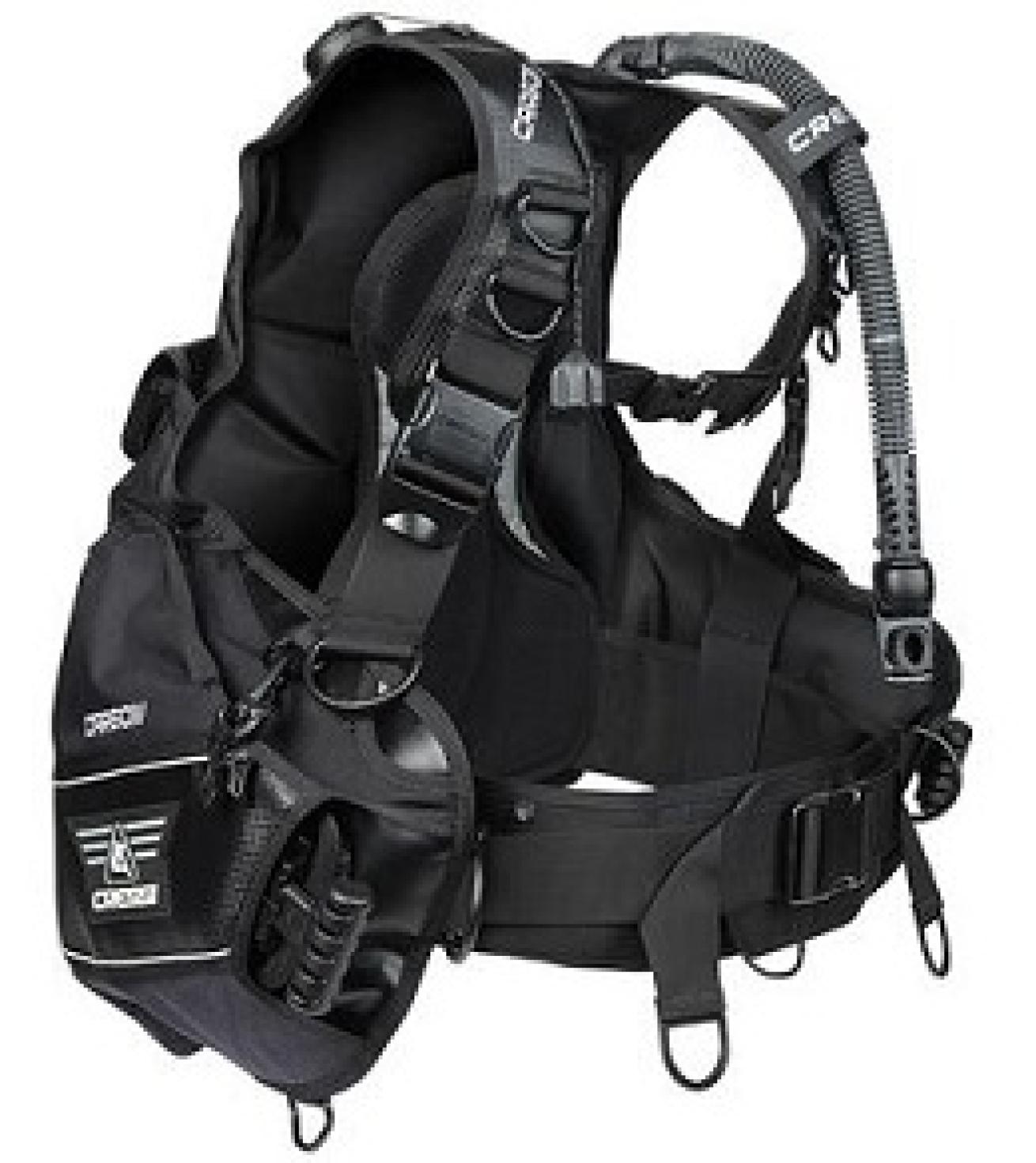
CressiA critical piece of gear, the BC can help you to safely control your ascents and descents. Make sure you know where all the BC's dump valves are located.
Ascend slowly. “The slower you go, the more time you have to adjust expanding gas,” recommends Karl Shreeves, PADI’s technical development executive.
Understanding Your Bc
It’s the essential foundation of your scuba kit — your BC holds the tank and all your hoses. It is what allows you to safely control your ascents and descents. The power inflator, which is connected to the end of the BC’s corrugated hose, connects the tank’s air supply via a low-pressure hose. It features both inflate and deflate buttons for filling or venting air from the BC’s bladder. The BC’s exhaust valves vent air from the BC bladder. The main exhaust/overpressure relief valve is activated by simply tugging on the corrugated hose. Remote exhaust valves usually operate via pull cords or ripcords. (When buying a new BC, keep in mind that the more exhaust valves a BC has, the more options you have for venting air while in various positions underwater.)
“Learn to use the different exhaust valves your BC has,” says Shreeves. “Most models have a ‘quick dump’ by pulling down the inflator/deflator hose, as well as exhausts on the low part of the bladder.”
Venting Air From The Bc
From a Vertical, Upright Position — Inflator Hose
1) Practically every modern BC can be vented this way. On some BC models, you can tug sharply on the BC hose itself to activate a dump valve. If your BC has this feature, you can use it to dump air quickly. Otherwise, with your left hand, hold the inflator hose over your head and stretch it upward.
2) Lean your body slightly to the right, so your left shoulder is the highest point of your body.
3) Press and hold the deflate button located on the end of the hose to vent air from the BC.

frantisekhojdysz/ShutterstockYour BC’s power inflator is connected to the end of the corrugated hose. Make sure you know which button adds air and which one empties the BC of air.
From a Vertical, Upright Position — Dump Valve/Pull Cord
1) If your BC model has a dump valve and pull cord located on the upper right shoulder, you can use this to dump air.
2) Lean your body slightly to the left, so your right shoulder is the highest point of your body.
3) Tug the pull cord to vent air from the BC.
PRO TIP: If you typically add a lot of air to your BC when you’re at depth, try taking off a pound or two of weight.
From a Horizontal, Head-Down Position — Inflator Hose
1) With your left hand, hold the inflator hose over your head and stretch it upward. You may need to roll or twist your torso a bit slightly to the right, so your left shoulder is the highest point of your body.
From a Horizontal, Head-Down Position — Dump Valve/Pull Cord
1) Reach behind you to locate the BC’s rear pull cord (you may have two, on either side).
2) Bend slightly at the waist, so the air in the BC moves to the rear.
3) Tug the pull cord.
Related Reading: The Danger of Skipping Your Pre-Dive Valve Check
“If your BC has an exhaust on the low part of the bladder, use it so you can vent your BC regardless of your orientation in the water,” says Shreeves. “It’s more convenient, but it also reduces an accidental runaway ascent because you don’t have to turn vertical to vent.”
From an Inverted Position
1) To vent air when swimming vertically downward, tug the pull cord located on the bottom rear of the BC.



